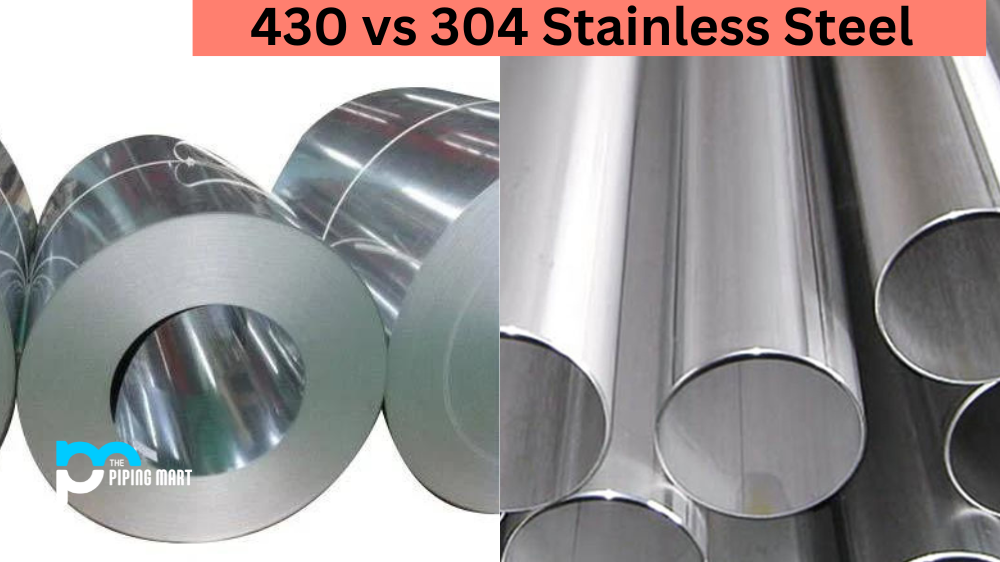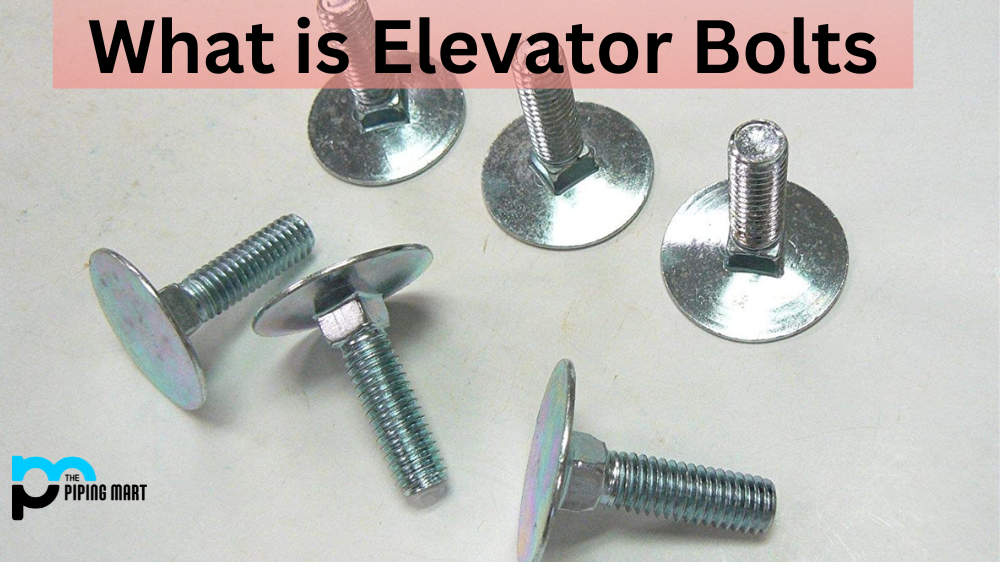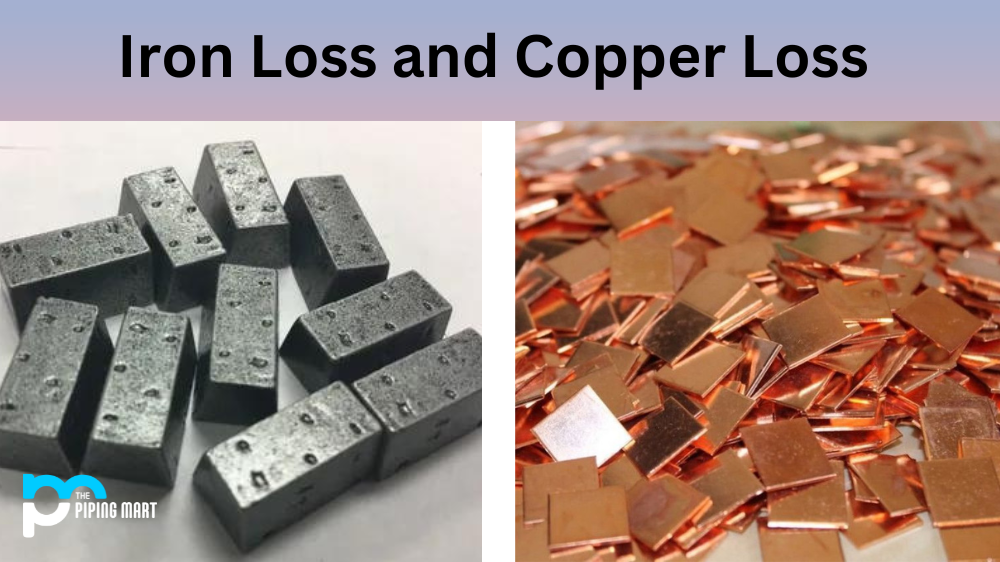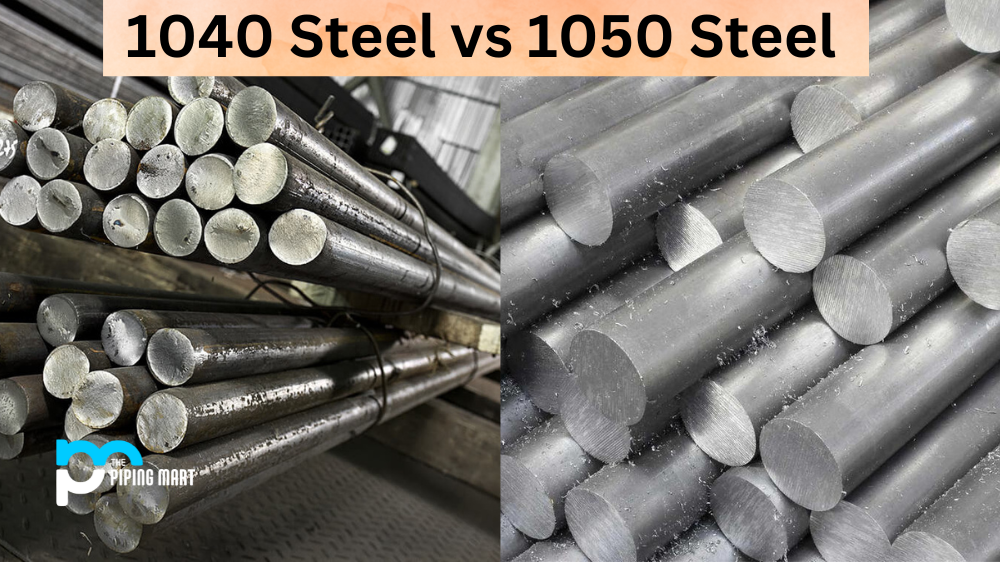If you’re looking for a durable, long-lasting metal for your next project, you might want to consider stainless steel. But with so many types of stainless steel on the market today, it can be hard to decide which type is best suited for your needs. Two popular types are 430 and 304 stainless steel. Both have their advantages and disadvantages—so what’s the difference between them? Let’s take a look.
430 Stainless Steel
430 stainless steel is a ferritic grade of stainless steel, meaning it has slightly lower chromium content than its 304 counterparts. This makes it less resistant to corrosion but also gives it unique properties that make it ideal for certain applications. For example, 430 stainless is magnetic in nature due to its ferritic structure. This means that magnets will stick to it more easily than other types of stainless steel—which can be an advantage in some situations (such as use in appliances). It also has a higher thermal conductivity than 304, so it can be used in high-temperature processes such as furnace burners or heat exchangers.
304 Stainless Steel
In comparison, 304 stainless steel is austenitic—meaning it contains higher levels of chromium and nickel than 430. This makes it much more resistant to corrosion (especially when exposed to salt water or acidic environments), but also makes it less suitable for certain applications where magnetism is important (such as kitchen appliances). It also has lower thermal conductivity than its ferritic counterpart, so if you’re looking for something that can withstand extremely high temperatures, then this may not be the best choice. That said, the superior corrosion resistance makes this one of the most popular grades of stainless steel available today—it’s commonly used in food processing equipment and construction materials such as handrails and decking.
Difference Between 430 and 304 Stainless Steel
Chemical Makeup
One of the primary differences between 430 and 304 stainless steel is that 430 contains more chromium, while 304 contains more nickel. Chromium is a compound that gives stainless steel its corrosion-resistant properties, while nickel is a compound that gives stainless steel its heat-resistant properties. As a result, 430 stainless steel is more resistant to corrosion than 304 stainless steel, but it is also less heat-resistant.
Cost
Another difference between 430 and 304 stainless steel is that 430 is typically less expensive. This is because chromium is less expensive than a nickel. As a result, 430 stainless steel is often used in applications where corrosion resistance is more important than heat resistance.
Appearance
Another difference between 430 and 304 stainless steel is that 430 has a slightly different appearance than 304. This is because of the higher chromium content in 430 stainless steel. The higher chromium content gives 430 a shiny finish, while the lower chromium content of 304 gives it a more matte finish.
Weldability
Another difference between 430 and 304 stainless steel is that 430 is easier to weld than 304. This is because the lower carbon content of 430 makes it less susceptible to cracking during the welding process.
Machinability
Finally, another difference between 430 and 304 stainless steel is that 430 is easier to machine than 304. This is because the higher chromium content of430makes it easier to cut and drill
Conclusion:
Deciding between 430 or 304 stainless steel depends on what application you need them for. While both are strong metals with great corrosion resistance, they each offer different advantages depending on your specific needs. If you need something that is magnetically attractive, then 430 would be your best bet; if you need superior strength and superior corrosion resistance, then go with 304. Whichever type you choose, make sure you have all the facts before making your decision!

Abhishek is a seasoned blogger and industry expert, sharing his insights and knowledge on various topics. With his research, Abhishek offers valuable insights and tips for professionals and enthusiasts. Follow him for expert advice on the latest trends and developments in the metal industry.




